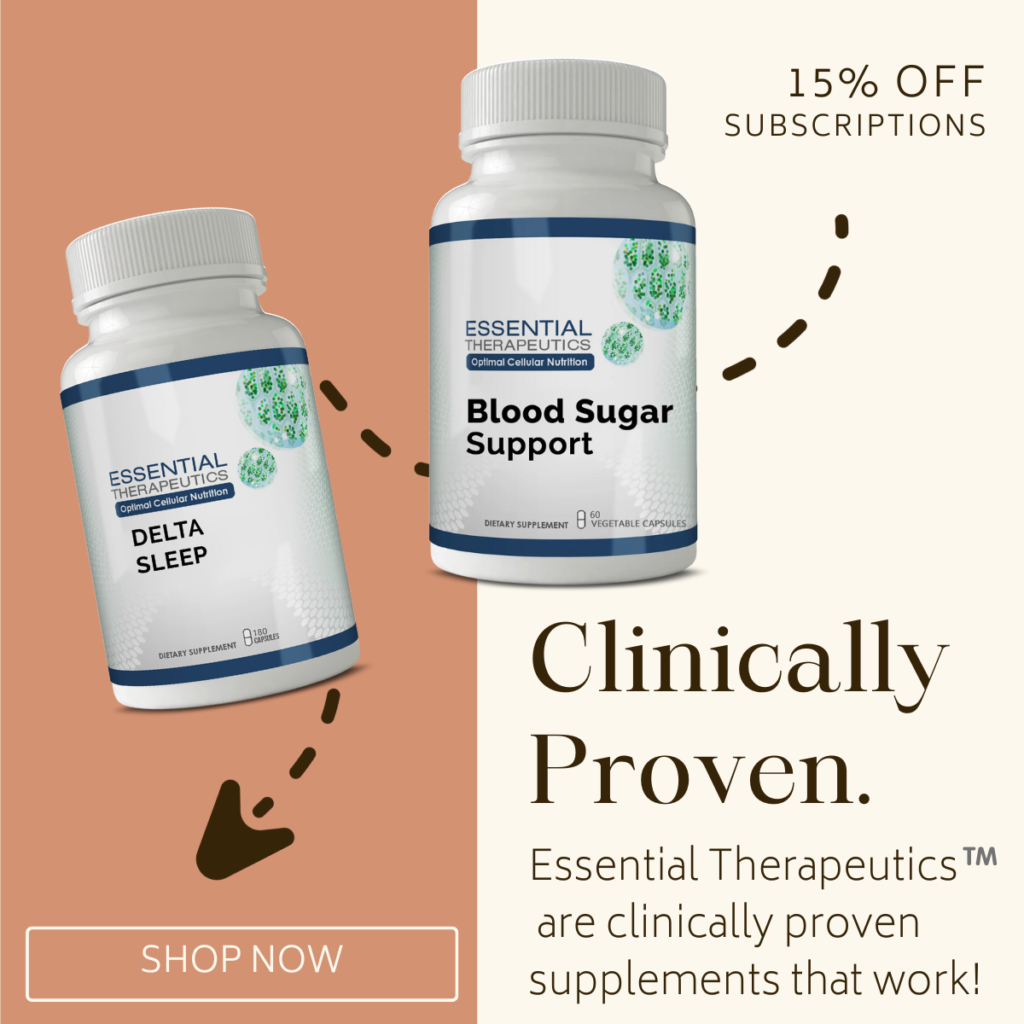
The Herb Curcumin Shown To Be Effective In Reducing Arthritis Symptoms
Rheumatoid arthritis (RA) is a painful and debilitating autoimmune disease that can lead to a substantial loss of mobility and function, if not adequately treated. While gradual disfiguration of flexible joints in the fingers are a characteristic sign of this disorder, RA has the potential to affect many tissues and organs by contributing to chronic, systemic inflammatory activity. Estimates are that RA activity beyond the joints, also known as extra-articular rheumatoid arthritis, affects 15-25% of all individuals afflicted by the condition.
Standard treatment often involves the use of painkillers and anti-inflammatory drugs intended to suppress symptoms but not alter the underlying trajectory of the disease. Traditional medicine also employs steroids, prescription pain meds, and toxic, chemotherapy drugs like methotrexate to combat the symptoms of autoimmune arthritis.
All of these drugs are associated with scary, serious, health robbing, and potentially lethal side effects.
In the study titled, “A randomized, pilot study to assess the efficacy and safety of curcumin patients with active rheumatoid arthritis,” forty-five patients diagnosed with RA were randomized into three groups with patients receiving curcumin (500 mg) and diclofenac sodium (50 mg) alone or their combination. Curcumin is the most thoroughly researched pharmacologically active component of the spice turmeric, and which gives this root its bright, saffron colored hue.
Diclofenac sodium is a non-steroidal anti-inflammatory drug (NSAID) sold under over 100 different trade names throughout the world, e.g. Aclonac, Cataflam, Voltaren. The primary study endpoints were reduction in Disease Activity Score (DAS) 28. The secondary endpoints included American College of Rheumatology (ACR) criteria for reduction in tenderness and swelling.
Remarkably, the researchers found that while patients in all three treatment groups showed statistically significant changes in their DAS scores, the curcumin only group showed the highest percentage of improvement in overall DAS and ACR scores (ACR 20, 50 and 70) and these scores were significantly better than the patients in the diclofenac sodium group. They also noted, “More importantly, curcumin treatment was found to be safe and did not relate with any adverse events.”
They concluded:
Our study provides the first evidence for the safety and superiority of curcumin treatment in patients with active RA, and highlights the need for future large-scale trials to validate these findings in patients with RA and other arthritic conditions.

Vitamin D Deficiency Linked To Cardiovascular Disease
Vitamin D deficiency has now been shown to increase the risk of fatal cardiovascular disease (CVD).
The lead researchers, Drs Laura Perna and Ben Schottker, German Cancer Research Center (Heidelberg) report:
“Although our results were able to confirm an approximately 27% increased total CV risk in subjects with vitamin D deficiency, they indicate that the risk is much stronger for (and possibly even confined to) fatal CVD events,” The findings were published in the December issue of the Journal of Clinical Endocrinology and Metabolism.
Even after adjustment for other potential confounders, including smoking and physical activity, vitamin D deficiency still conferred a significant 27% increased risk for total CVD, and a 62% increased risk for fatal CVD. However, there was no association between vitamin D deficiency and nonfatal CVD events.
Individuals with low vitamin D levels also had a significant 36% increased risk of total congestive heart disease (CHD) and a non significant 33% increased risk of total stroke.
More About The Health Benefits of Vitamin D
Vitamin D is one of the oldest hormones, having been produced by life forms for over 750 million years. Phytoplankton, zooplankton, and most plants and animals that are exposed to sunlight have the capacity to make vitamin D. In humans, vitamin D is critically important for the development, growth, and maintenance of a healthy body, from birth until death.
The Institute of Medicine brought experts together recently to explore the question of whether the RDA or recommended daily allowance, of vitamin D has been set too low. The impetus for the occasion was the mounting evidence for this vitamin’s role in preventing common cancers, autoimmune diseases, type 1 diabetes, heart disease, chronic pain, and osteoporosis.
Studies show that vitamin D deficiency is common in the U.S.
According to Michael F. Holick, MD, PhD, of the Boston University School of Medicine the typical symptoms are aching bones and muscle discomfort, vitamin D deficiency is often misdiagnosed as fibromyalgia or chronic fatigue syndrome.
Vitamin D has also been implicated in the cause of various other health disorders including influenza, psoriasis, gout, otosclerosis, interstitial cystitis, decreased pulmonary function, thrombosis, chronic kidney disease, pancreatitis, rheumatology, hepatitis B infections, hemochromatosis, and gastrointestinal diseases.
Learn more about Vitamin D3 and the Osteoporosis Myths in this article: https://yourfibrodoctor.com/osteoporosis/

Research at a Glance Autoimmune Illnesses
Autoimmune diseases include rheumatoid arthritis, diabetes, Reiter’s Syndrome. lupus, asthma, and ulcerative colitis. Researchers are discovering an increasing number of links between the immune, nervous, and endocrine systems. Hormones of the endocrine system, such as vitamin D, help the immune and nervous systems defend the body, with defects in this intricate system leading to autoimmune disorders.
Autism
Research has shown that low maternal vitamin D3 has important ramifications for the developing brain. Vitamin D is a steroid hormone with many important functions in the brain, mediated through the nuclear vitamin D receptor (VDR). Dysfunctional VDR demonstrate altered emotional behavior and specific motor deficits.
Cancer
Vitamin D inhibits inappropriate cell division and metastasis, reduces blood vessel formation around tumors, and regulates proteins that affect tumor growth. It also enhances anti-cancer actions of immune system chemicals and chemotherapy drugs.
A four-year study of 1,179 healthy, postmenopausal women showed that taking calcium, along with nearly three times the U.S. government’s recommendation of vitamin D3, showed a dramatic 60 percent or greater reduction in all forms of cancer.
It’s estimated that if vitamin D levels were increased worldwide, a minimum of 600,000 cases of breast and other cancers could be prevented each year. Nearly 150,000 cases of cancer could be prevented in the United States alone.
Studies show that by taking vitamin D (about 2,000 IU/day) females can cut breast cancer incidence by half!
Chronic Pain
In a study involving 150 children and adults with unexplained muscle and bone pain, almost all were found to be vitamin D deficient; many were severely deficient with extremely low levels of vitamin D in their bodies.
Vitamin D deficiency causes muscle weakness and pain in children and adults. Muscle pain and weakness was a prominent symptom of vitamin D deficiency in a study of Arab and Danish Moslem women living in Denmark (20).
In a cross-sectional study of 150 consecutive patients referred to a clinic in Minnesota for the evaluation of persistent, nonspecific musculoskeletal pain, 93% had serum 25(OH)D levels indicative of vitamin D deficiency.
Osteoporosis: Maintenance of serum calcium levels within a narrow range is vital for normal functioning of the nervous system, as well as for bone growth, and maintenance of bone density. Vitamin D is essential for the efficient utilization of calcium by the body. A recent study found that supplementation of elderly women with 800 IU/day of vitamin D and 1,200 mg/day of calcium for three months increased muscle strength and decreased the risk of falling by almost 50% compared to supplementation with calcium alone.
Mental Function and Moods: Recent research indicates vitamin D deficiency is associated with low mood and cognitive impairment in the elderly. Vitamin D deficiency has been implicated in various psychiatric disorders including anxiety and depression.
Diabetes: Vitamin D helps maintain adequate insulin levels. Preliminary evidence suggests supplementation can increase insulin levels in people with type 2 diabetes. Prolonged supplementation may help reduce blood sugar levels.
Immune Function: There is considerable scientific evidence that 1,25(OH)2D has a variety of positive effects on boosting the immune system. Additionally, there is growing evidence that maintaining vitamin D levels in the body during the winter prevent the flu and other viral infections by strengthening the immune system.

Hyperparathyroidism: Low plasma vitamin D3 has been found to be a major risk factor for hyperparathyroidism.
High Blood Pressure: Clinical and experimental data support the view that vitamin D metabolism is involved in blood pressure regulation and other metabolic processes.
Melanoma: An inability to tan is the number one risk factor for melanoma. Those who tan easily or who have darker skin are far less likely to develop the disease. A new theory is that melanoma is actually caused by sunlight (vitamin D) deficiency and that safe sun exposure actually helps prevent the deadly disease.
Multiple Sclerosis: Vitamin D supplementation may help prevent the development of MS as well as provide for additional treatment.
Osteoarthritis: Low intake and low serum levels of vitamin D appear to be associated with an increased risk for progression of osteoarthritis.
Osteoporosis: Vitamin D deficiency is extremely prevalent in the elderly. Most often the first symptoms are muscle pain, fatigue, muscular weakness, and gait disturbances. More severe deficiency causes osteomalacia (bone weakening and loss) with deep bone pain, reduced mineralization of bone matrix, and bone fractures.
How much vitamin D does the average person need?
In the summer, those with at least 15 minutes of sun exposure on their skin most days should take around 1,000 mg of vitamin D3 each day. In the winter, those with dark skin, or those who have little sun exposure on their skin, should take up to 4,000 iu’s each day. Those who have darker skin, are older, avoid sun exposure or live in the northern US should take the higher amounts, around 2,000 iu’s a day.
Vitamin D is remarkably safe; there have been no deaths caused by the vitamin.
People consuming only government-recommended levels of 200-400 IU/day often have blood levels considerably below 50 ng/ml. This means the government’s recommendations are too low, and should be raised for optimal health function.
High Dose Vitamin D can be purchased at a number of health food or big name drug stores. However, please be advised that not all vitamin D is equal. I recommend using only pharmaceutical grade, naturally-occurring Vitamin D3.

It All Started With Goodwill and a Shirt
Once upon a time, in a small town, there was a young girl named Lily who had a passion for spreading positivity and uplifting others. She believed that a simple act of kindness could make a big difference in someone’s day. One day, while browsing through a thrift store, Lily stumbled upon a plain white t-shirt with the words “Choose Joy” written on it in bold, colorful letters.
Lily instantly fell in love with the shirt and knew that it had the potential to bring happiness to someone’s life. She decided to purchase the shirt and embarked on a mission to share its uplifting message with others. She started wearing the shirt everywhere she went, whether it was to school, the park, or even the grocery store.
People couldn’t help but notice Lily’s cheerful demeanor and the positive message on her shirt. Strangers would approach her, curious about the meaning behind the words. Lily would explain that choosing joy meant finding happiness in the little things, spreading kindness, and embracing a positive outlook on life.
Inspired by Lily’s enthusiasm, some people started asking where they could get a shirt like hers. Lily saw an opportunity to make an even bigger impact, so she decided to create her own line of uplifting shirts. She designed various designs with messages like “Be Kind,” “Spread Love,” and “Believe in Yourself.”
Lily started selling her shirts online and at local markets. With each purchase, she included a handwritten note, encouraging the buyer to wear the shirt proudly and share its positive message with others. The response was overwhelming, and soon, Lily’s shirts were being worn by people all over the town.
As more and more people embraced the uplifting message of the shirts, the town started to transform. Random acts of kindness became a common occurrence, and people began to support and uplift one another. The positive energy was contagious, and the town became known for its friendly and joyful atmosphere.
Lily’s simple act of wearing a shirt with an uplifting message had sparked a movement of positivity and kindness. People started to realize the power of their words and actions in shaping the world around them. The town became a shining example of how a small gesture can have a ripple effect and create a community filled with love and happiness.
And so, the story of Lily and her uplifting shirts spread far and wide, inspiring people from all walks of life to choose joy, spread kindness, and make a positive difference in the world.









